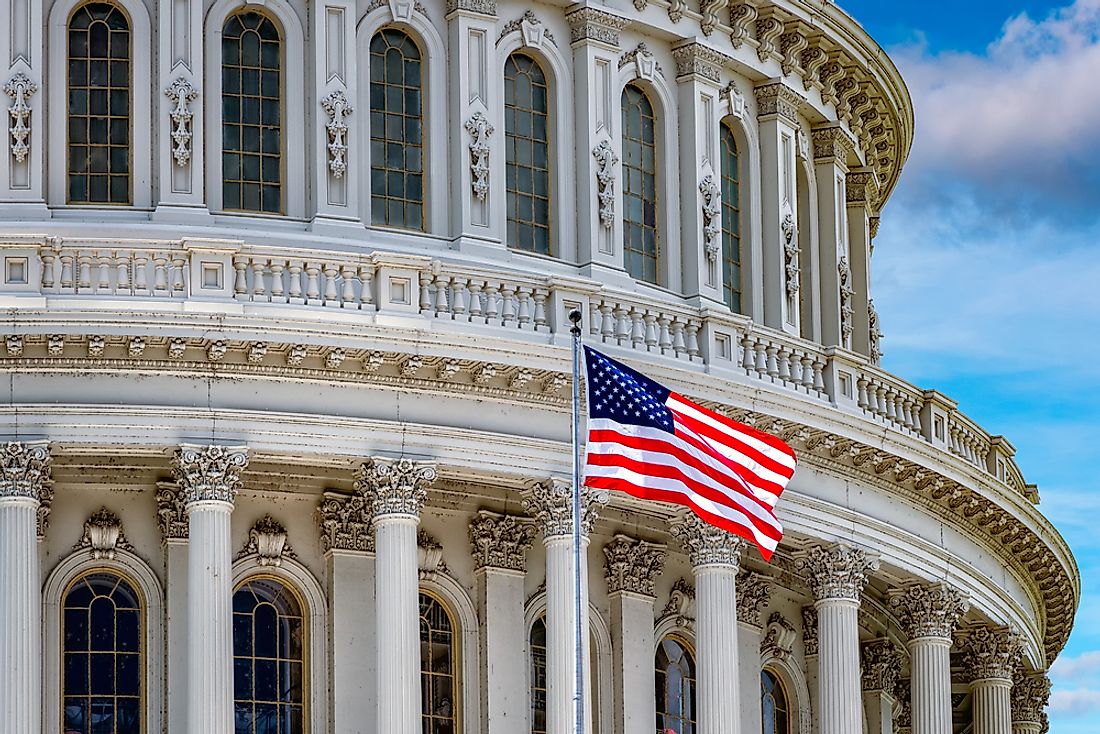

The United States of America is governed as a federal republic, and therefore some argue that the U.S. is not a democracy. A republic is defined as a political system in which the supreme power is vested upon the citizenry that is entitled to vote for its representatives and officers responsible to them, while a democracy is defined as a government of the people and by the people exercised through elected or direct representative. It can be difficult to distinguish between a democracy and a republic, and therefore it would be rational to conclude that the United States is both a democracy and a republic.
The key difference between a republic and a democracy is not how power is projected, but the limits to power. Both use the representational system, meaning that the citizenry is represented in the government by elected leaders. In both cases, the majority rule, but in a republic the constitution limits how the government can exercise power. These rights are inalienable and cannot be changed or altered by an elected government. The United States is a typical example of a republic state because the constitution limits the power of the government. Some rights such as the Bill of Rights, the right to vote, and the powers to amend the constitution are limited and cannot be changed by the sitting government without consulting the public directly.
The United States is a democracy, but it is not a true democracy. Instead, it is a representative democracy. The common forms of democracy are direct democracy and representative democracy. A direct democracy is a system of government in which the majority have their say on every matter concerning governance. Direct democracies hold referendums each time an issue has to be decided upon because there are no elective representatives. The United States is a representative democracy, as the public elects individuals to represent them at the government level. The United States is also a constitutional democracy, meaning that the functions and roles of the government are governed by the constitution that also protects the rights and privileges of the citizenry regardless of whether they are majority or minority.
Modern states present themselves as democratic republics governed by a constitution. The government can amend the constitution through acts of parliaments and referendums. As long as the constitution continues to protect the rights of the people, the citizenry continues to vote for representatives, and the constitution limits the power of the government, the United States remains both a republic and a democracy.
Victor Kiprop September 26 2018 in World Facts